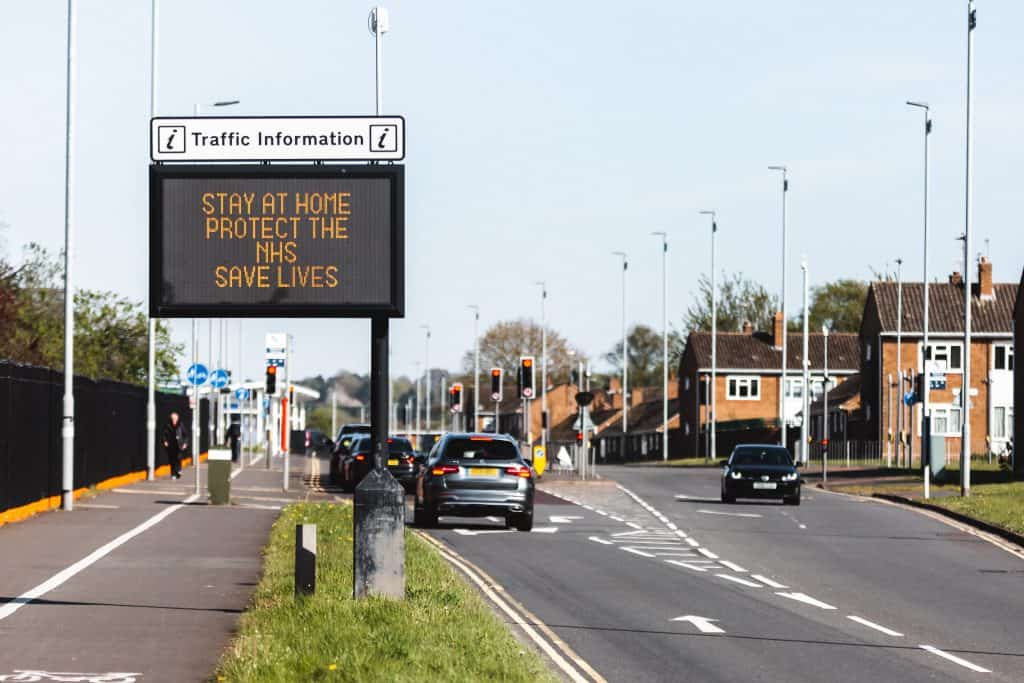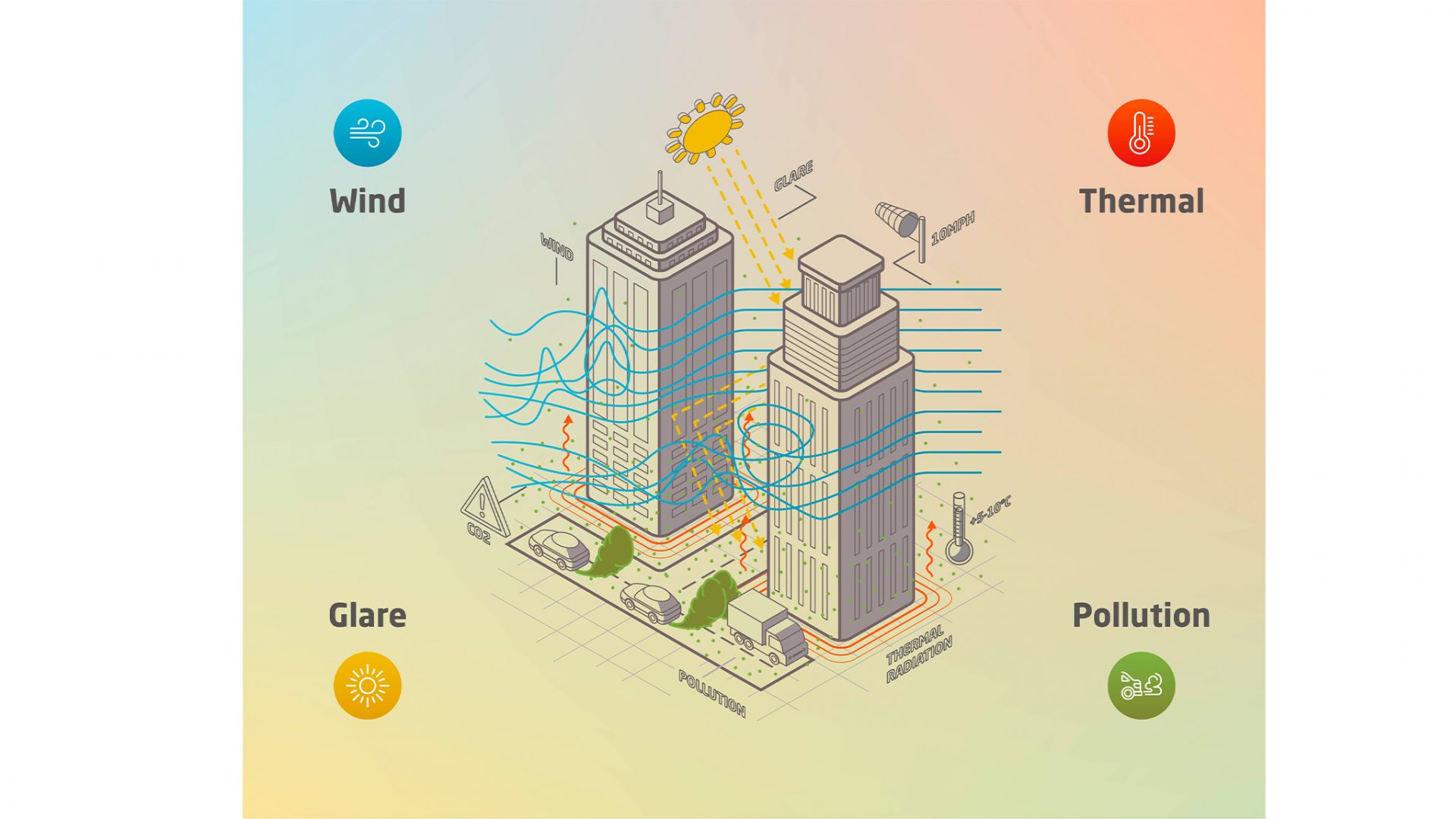Dipa Joshi, Mayor's Design Advocate and Partner at Fletcher Priest, is a member of the LFA's 2021 Curatorial Panel. In this essay she shares her interpretation of our 2021 theme of 'care'.

I feel that there is a special case for “care” this year for several reasons – in particular, our lack of care that has brought on this pandemic, our duty of care that when not upheld causes tragedy, and the connection of care to “respect” that as an architect from a diverse background resonates with me so poignantly.
This year has been the year that we have been reminded of the necessity of care to continue what we recognise as our lifestyle – the freedom to see family and friends and go out without the fear of infection.
Here are some definitions from the Oxford dictionary:
The provision of what is necessary for the health, welfare, maintenance, and protection of someone or something
We need care from a young age to ensure that we grow, feel cared for during middle age and as we become less able in our old age –how can places we live be designed with more care or so that our people feel more cared for.
Serious attention or consideration applied to doing something correctly or to avoid damage or risk
We have seen in the Grenfell tragedy the awful consequences of a lack of duty of care when designing our places for living – how can our duty of care be managed better?
An object of concern or attention
Do we care for our buildings and spaces – how do we instil civic pride in our public realm to encourage people to care?
Care for our landscape and environment – we gain mental and physical health benefits from gardening – how can we design in horticultural therapy
We have seen what happens if we don’t respect and care for nature and our environment – devastating consequences of climate change and pandemic. How can architecture encourage more care for our environment?
A feeling of or occasion for anxiety.
Do you care enough to take action? In 2020 millions were moved to show the world that black lives matter – To care is to respect – do we care about society being inclusive?
Feel concern or interest; attach importance to something.
Yes, people were moved to express their concern that things aren’t right – to challenge diversity imbalance and mistreatment due to difference. How can the internal and external spaces we inhabit be designed to show care and be inclusive? How can spaces steeped in colonial history be re-evaluated and re-addressed to have a more diverse appeal?
Like or be willing to do or have something
Community care – people on the same street mobilised to help each other, neighbours met over garden fences, people connected across balconies and squares – how can the design of our places encourage this?
Look after and provide for the needs of
How strangers take care of us and how we must care about the spread of this disease. How can homes be designed to show more care for their residents – and how can we care for the carers….?
…….take care!






